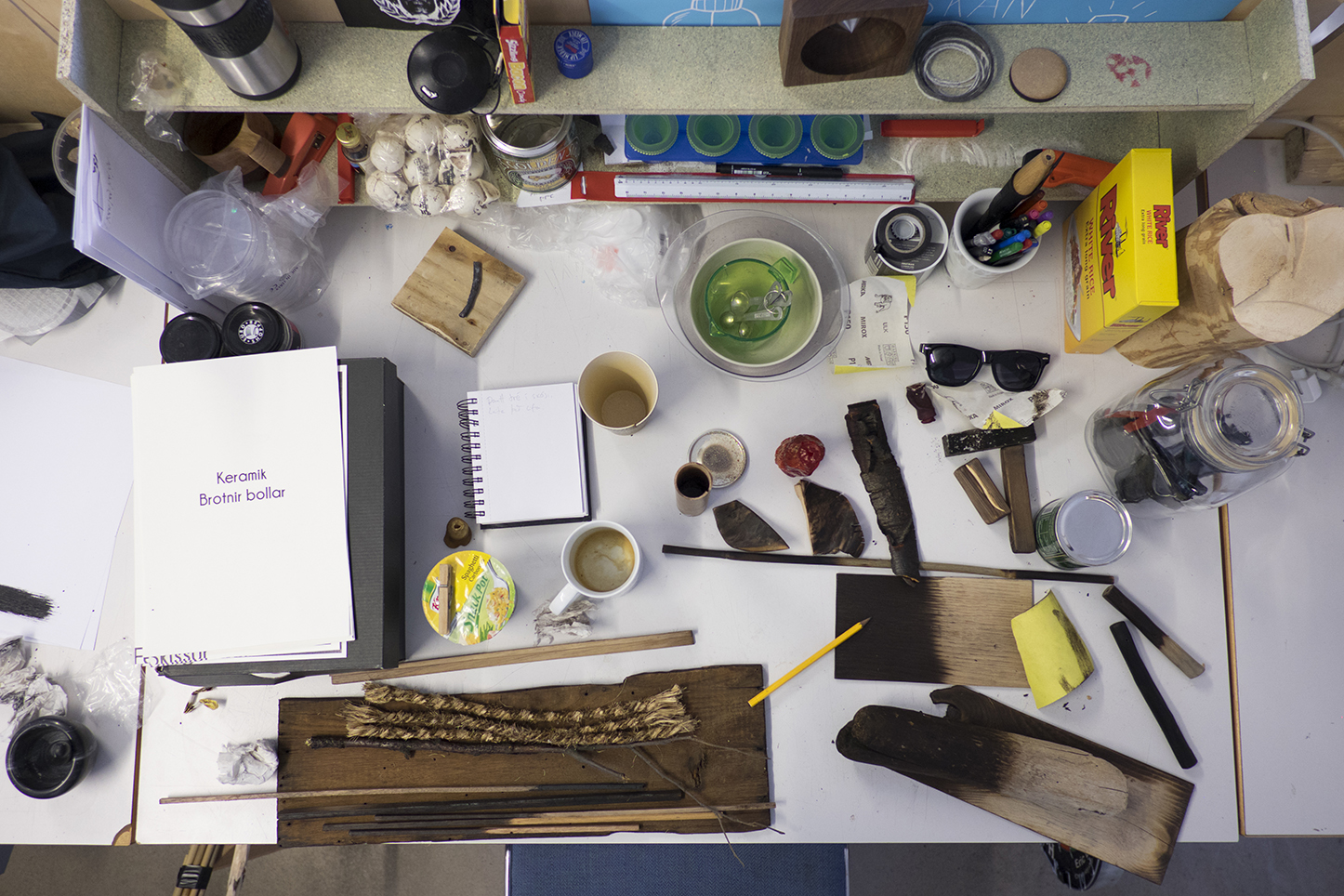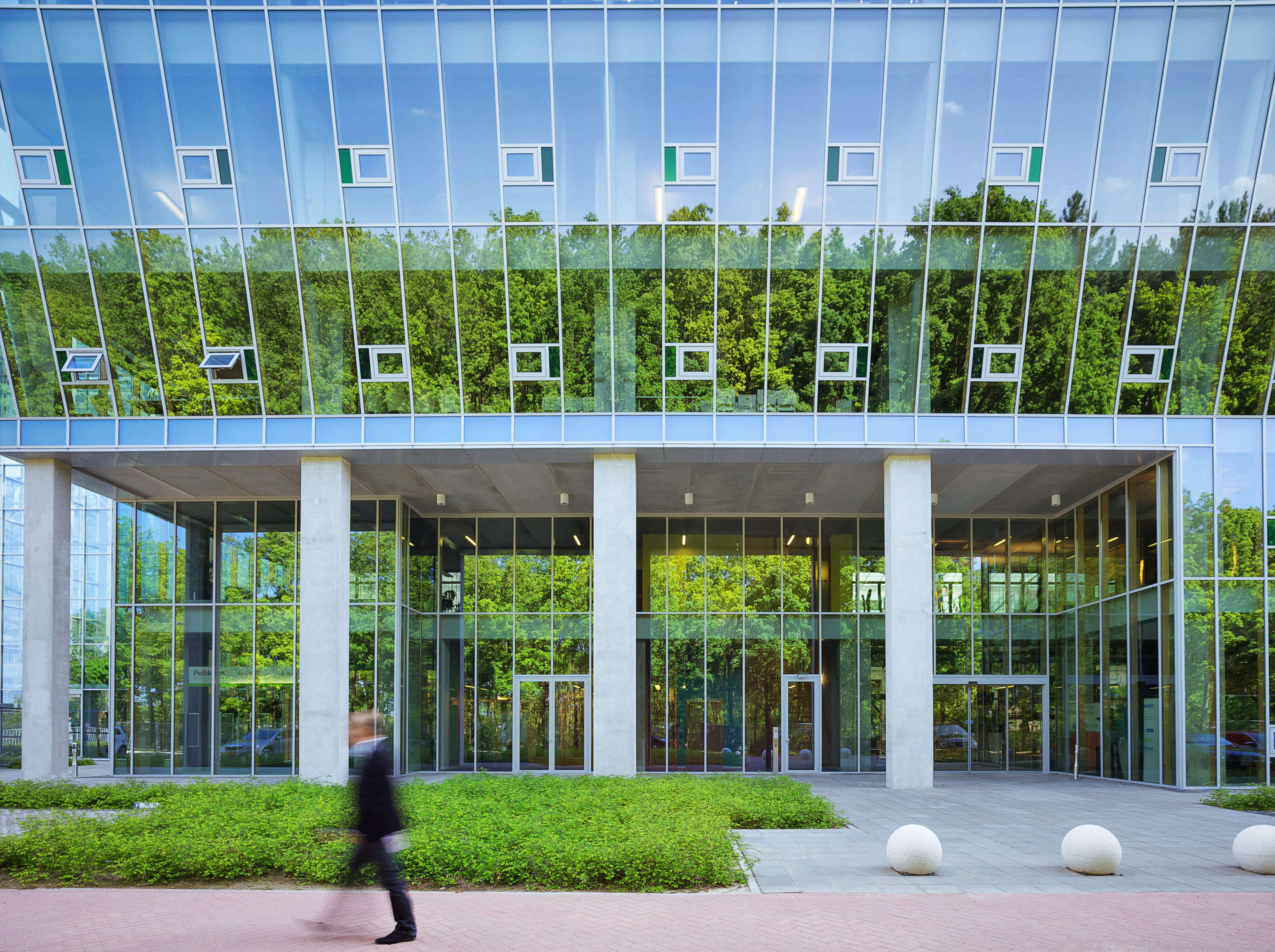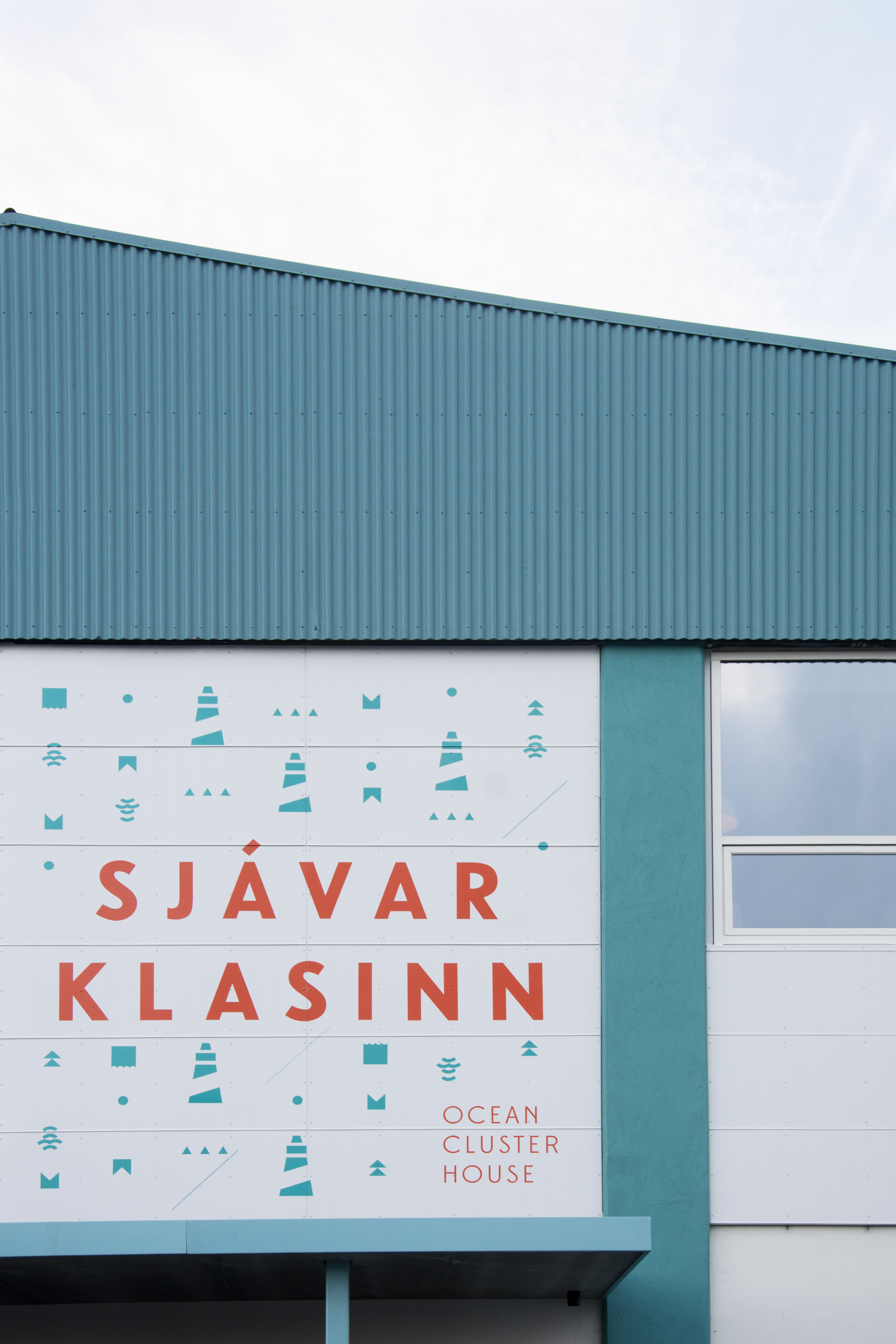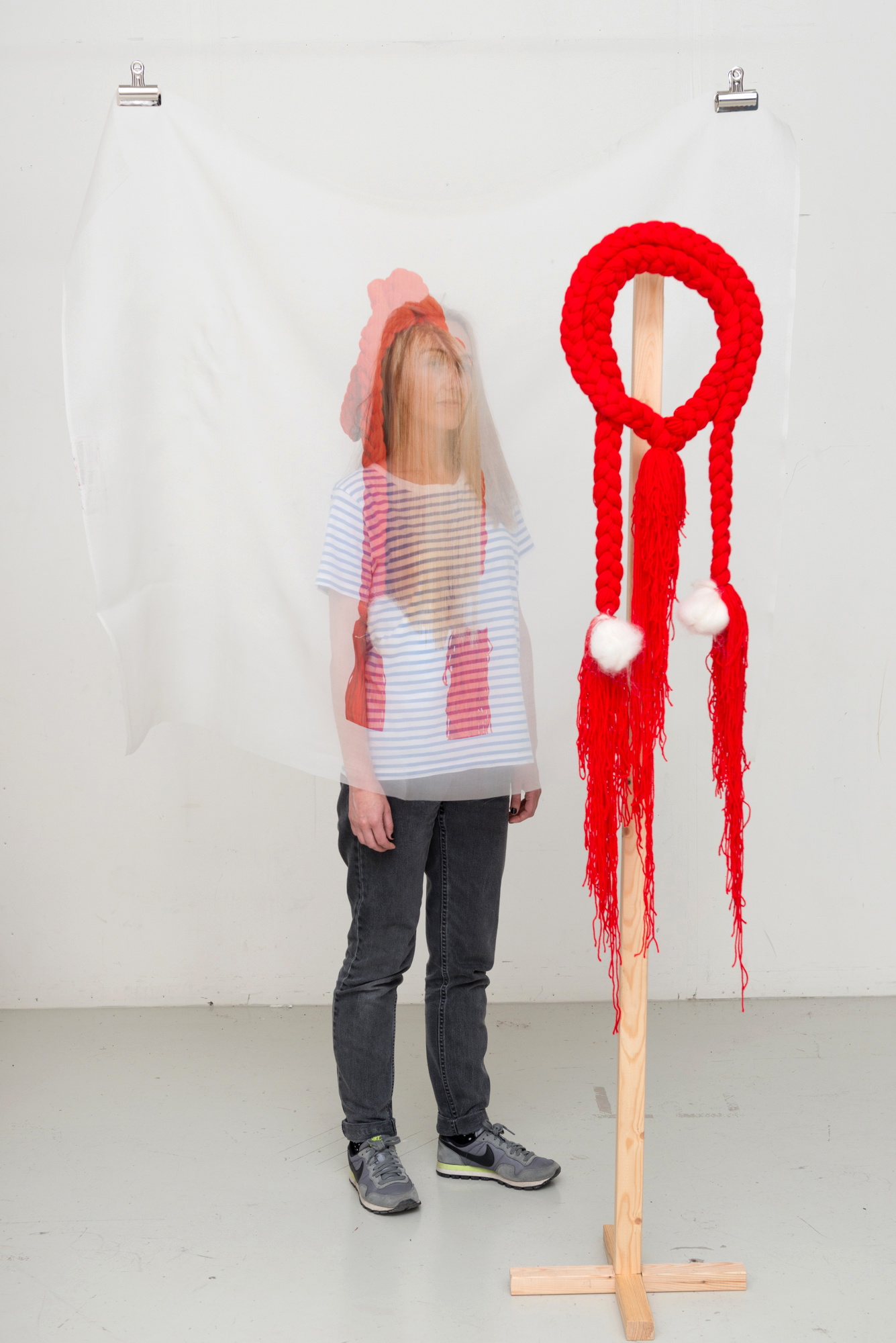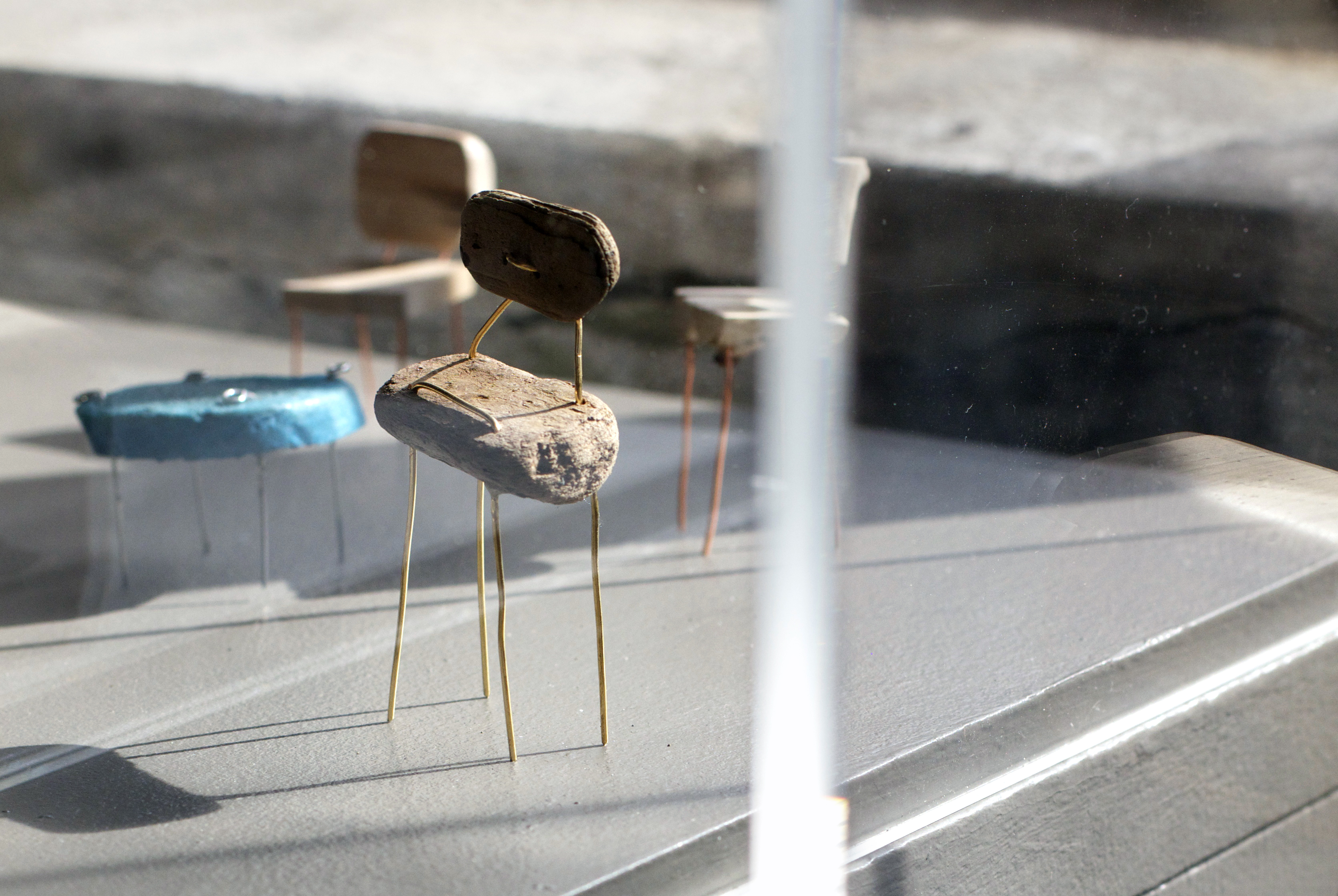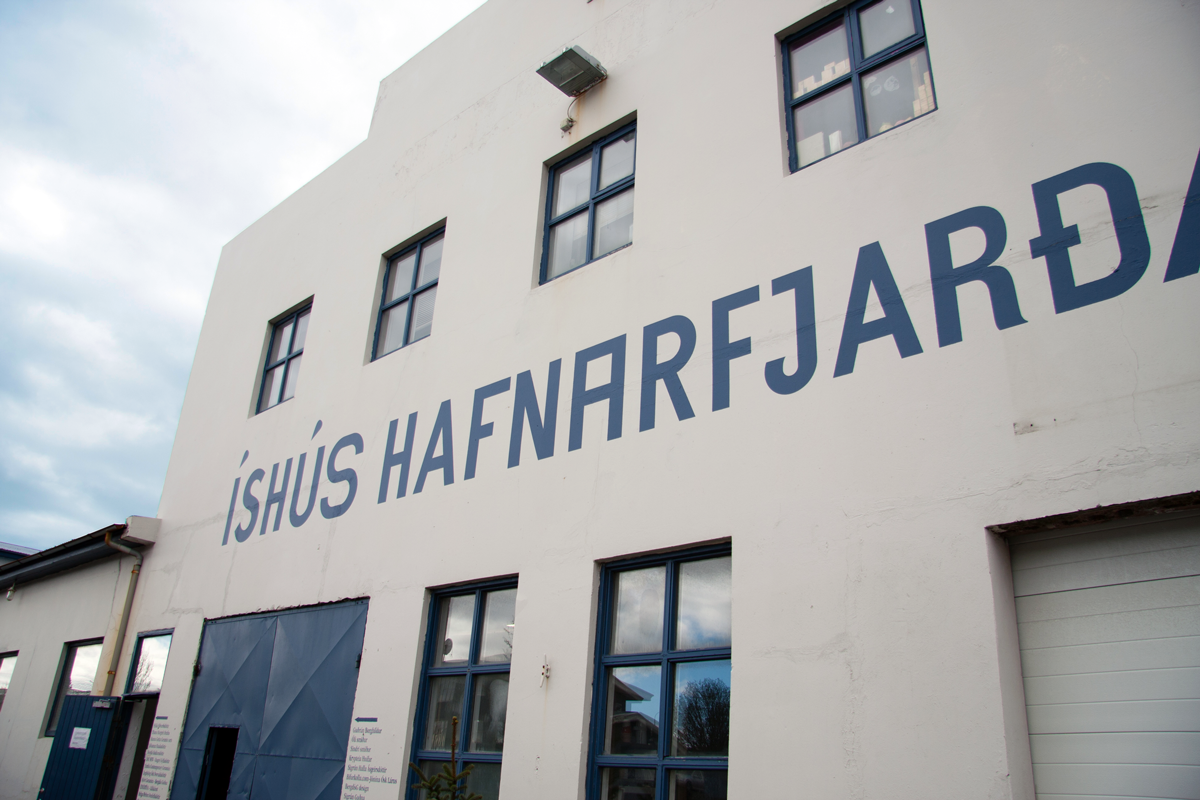Student Series 2017
—
Blikur by Dagný Björg Stefánsdóttir
Blikur by Dagný Björg Stefánsdóttir is an investigation into ways we can sensorily relate to the weather. Poetic and meditative, the project transmits quiet strength as it melds contemporary design with old traditions and methods as a way to reconnect us with our bodies and the environment. These four minimal artefacts are a direct comment upon our dependence on technology and its corresponding loss of traditional knowledge for reading nature. As beautifully observed by Thomas Pausz, the power and beauty of Blikur lies in its reactionary nature: “Change is happening and we are learning to listen again. Blikur participates in this new consciousness.” Hello Dagný! How would you describe your project? Blikur is a series of four objects made out of materials that change in dialogue with different atmospheric conditions to reveal patterns of the weather with movement rather than numbers. The objects are sensors measuring atmospheric pressure, temperature, humidity levels and wind direction. They encourage the viewer to learn how to read into nature—into its surroundings and seek to reestablish the connection between humans …


